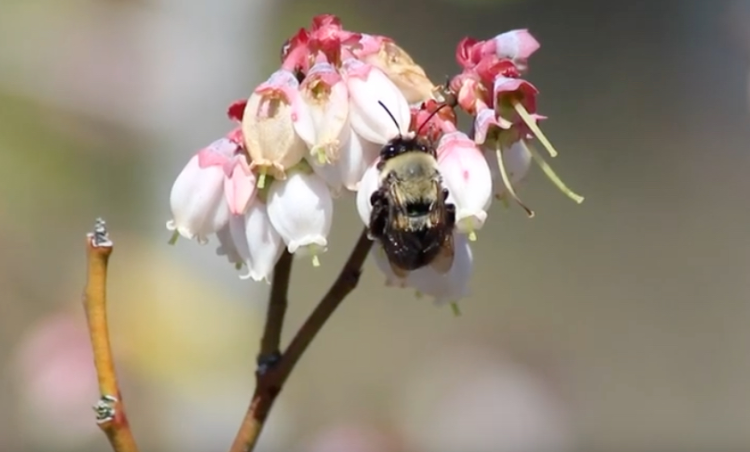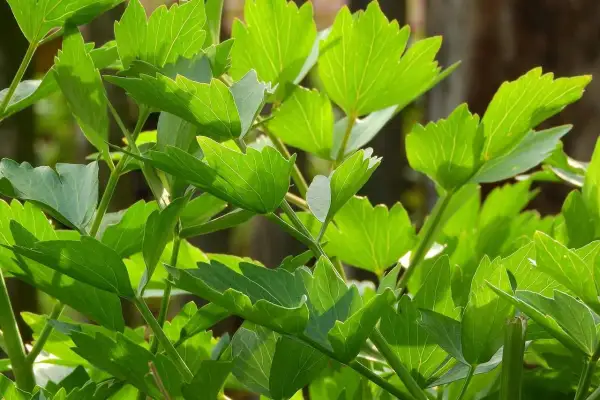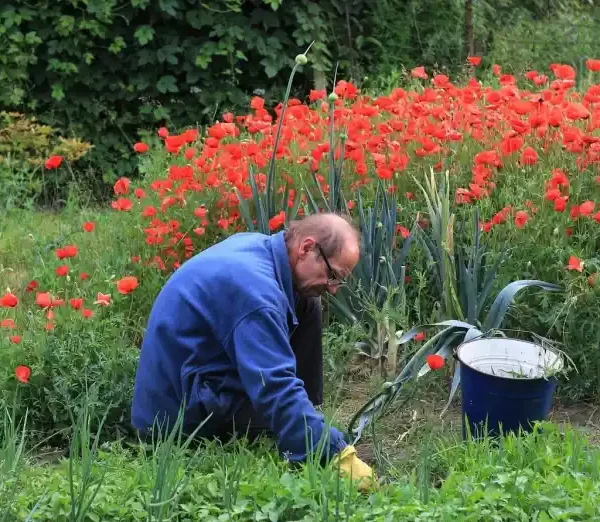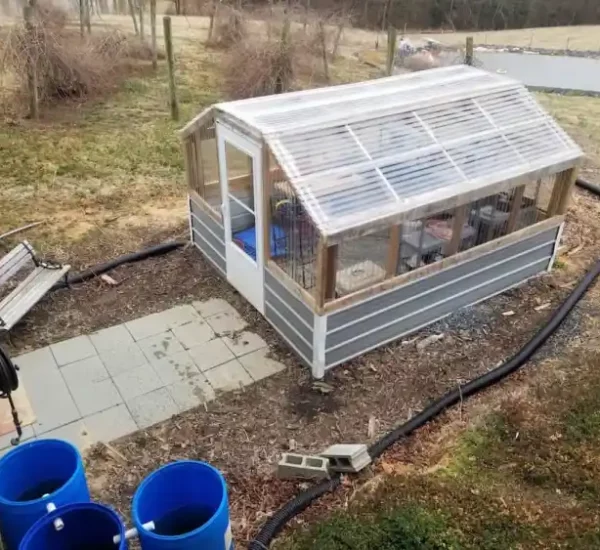Bees play a crucial role in pollinating flowers and ensuring the reproduction of many plants, making them essential contributors to the health and biodiversity of garden ecosystems. In this guide, we’ll explore the various types of bees you might encounter in your garden, highlighting their characteristics, behaviors, and importance in sustaining floral diversity.
Understanding Bees in Your Garden
Importance of Bees in Garden Ecosystems
Bees are vital pollinators responsible for transferring pollen from male to female flower parts, facilitating fertilization and seed production in flowering plants. Their pollination services contribute to the growth of fruits, vegetables, and ornamental plants, enhancing garden productivity and biodiversity.
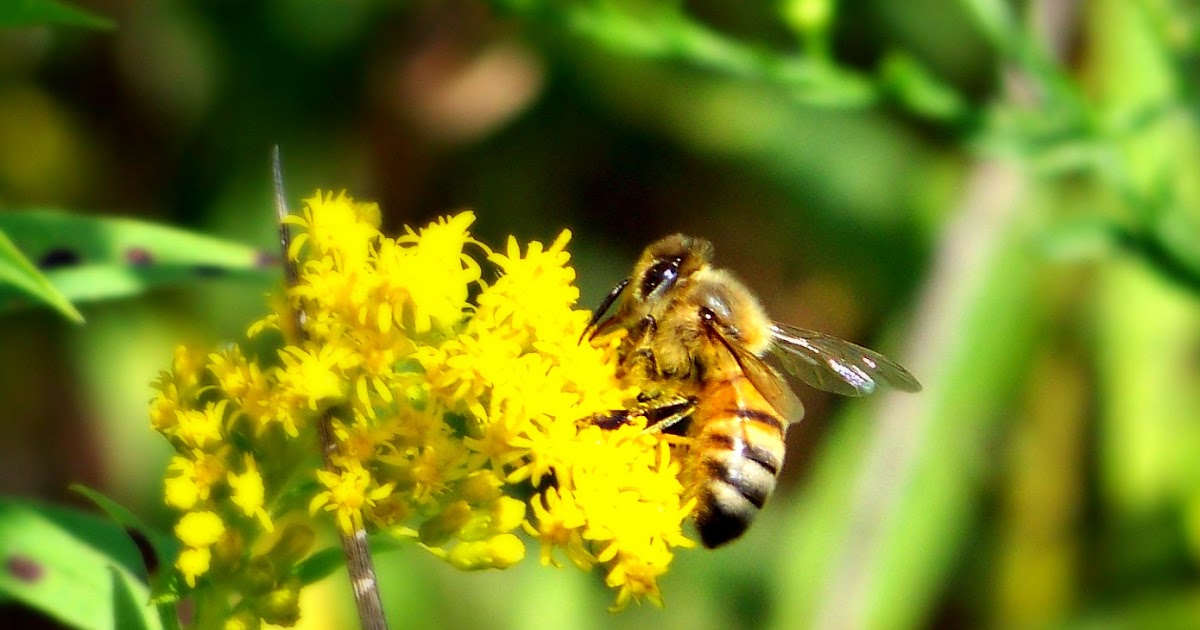
Diversity of Bee Species
While honeybees are perhaps the most well-known bee species, many other bee species play essential roles in garden ecosystems. These include solitary bees, bumblebees, carpenter bees, and sweat bees, each with unique traits and behaviors that contribute to pollination and plant propagation.
Common Types of Bees in Gardens
Honeybees (Apis mellifera)
Honeybees are social insects that live in colonies organized around a queen bee, worker bees, and drones. They are known for their honey production and are widely used in agriculture for crop pollination. Honeybees are attracted to a wide range of flowering plants and play a crucial role in pollinating many garden crops and ornamental flowers.
Bumblebees (Bombus spp.)
Bumblebees are large, robust bees characterized by their fuzzy appearance and distinctive buzzing flight. They are important pollinators of many native plants and crops, using their long tongues to extract nectar from flowers. Bumblebees are particularly efficient at pollinating tomatoes, peppers, blueberries, and other crops that require buzz pollination.
Solitary Bees (Various Genera)
Solitary bees, including mason bees, leafcutter bees, and mining bees, do not live in colonies like honeybees or bumblebees. Instead, each female bee constructs and provisions her own nest, typically in natural cavities or hollow plant stems. Solitary bees are excellent pollinators and often more efficient than honeybees for certain crops due to their focused foraging behavior.
Carpenter Bees (Xylocopa spp.)
Carpenter bees are large bees with shiny black or metallic blue bodies. They are known for their habit of excavating nesting tunnels in wood, including wooden structures, fence posts, and dead tree limbs. While carpenter bees can be considered pests in some situations, they are important pollinators of many flowering plants and are valuable contributors to garden ecosystems.
Sweat Bees (Halictidae family)
Sweat bees are small to medium-sized bees with metallic green, blue, or black bodies. They are attracted to sweat and often seen foraging on flowers in gardens and natural areas. Sweat bees are important pollinators of a wide range of plants and contribute to the diversity and resilience of garden ecosystems.
Encouraging Bee-Friendly Gardens
Providing Bee Habitat
To support bee populations in your garden, create diverse habitats with a variety of flowering plants, nesting sites, and water sources. Plant a mix of native and non-native flowers that bloom at different times of the year to provide food for bees throughout the growing season.
Avoiding Pesticide Use
Minimize the use of pesticides and herbicides in your garden, as these chemicals can harm bees and other beneficial insects. Instead, use integrated pest management strategies that focus on cultural, mechanical, and biological controls to manage pests while protecting pollinators.
Educating Others About Bees
Share information about the importance of bees and other pollinators with friends, family, and neighbors. Encourage others to create bee-friendly gardens and support local initiatives aimed at conserving bee habitats and promoting pollinator-friendly practices.
Conclusion
By understanding the diverse types of bees that inhabit garden ecosystems and their vital roles as pollinators, gardeners can take proactive steps to support bee populations and promote biodiversity. By cultivating bee-friendly gardens and adopting pollinator-friendly practices, we can ensure the continued health and resilience of our garden ecosystems for generations to come.
What types of bees are commonly found in gardens?
Common bees found in gardens include honeybees, bumblebees, solitary bees (such as mason bees and leafcutter bees), carpenter bees, and sweat bees.
What are the characteristics of honeybees, and how do they contribute to garden ecosystems?
Honeybees are social insects that live in colonies and produce honey. They are important pollinators, visiting a wide range of flowers and crops, thus contributing to garden biodiversity and productivity.
Are bumblebees important pollinators, and what plants do they prefer to pollinate?
Bumblebees are crucial pollinators, especially for plants that require buzz pollination, such as tomatoes, peppers, and blueberries. They are attracted to a variety of flowers and are efficient pollinators due to their buzzing flight.
What are solitary bees, and how do they differ from social bees like honeybees and bumblebees?
Solitary bees, unlike social bees, do not live in colonies. Each female bee builds her own nest and lays eggs. They are important pollinators and often more efficient than social bees for certain crops.
Are carpenter bees harmful to garden structures, and how can they be managed?
While carpenter bees may excavate nesting tunnels in wood, they are important pollinators and rarely cause significant damage to garden structures. To manage them, provide alternative nesting sites such as bee blocks or untreated wood.
What are sweat bees, and why are they attracted to gardens?
Sweat bees are small to medium-sized bees attracted to human sweat and flowers in gardens. They are important pollinators and contribute to garden biodiversity.
How can I attract more bees to my garden?
To attract bees to your garden, plant a variety of native and non-native flowers that bloom at different times of the year, provide nesting sites such as bee hotels or bare soil, and avoid using pesticides and herbicides.
What types of flowers do bees prefer, and how can I create a bee-friendly garden?
Bees prefer flowers with easy access to nectar and pollen, such as daisies, sunflowers, lavender, and bee balm. Create a bee-friendly garden by planting a diverse array of flowers in clusters and avoiding hybridized plants with reduced nectar or pollen production.
How can I identify different types of bees in my garden?
To identify bees in your garden, observe their size, color, behavior, and habitat. Use field guides or online resources to help you identify different bee species based on these characteristics.
What steps can I take to protect bees from pesticides and other harmful chemicals in my garden?
To protect bees from pesticides and harmful chemicals, use organic or natural alternatives, apply treatments in the evening when bees are less active, and avoid spraying flowers in bloom. Additionally, provide pesticide-free foraging areas and water sources for bees in your garden.
- Tennessee’s THC Beverage Market - June 5, 2025
- Top THC Infused Seltzers in Delaware - June 5, 2025
- Florida’s Hottest THC Infused Beverages - May 28, 2025

